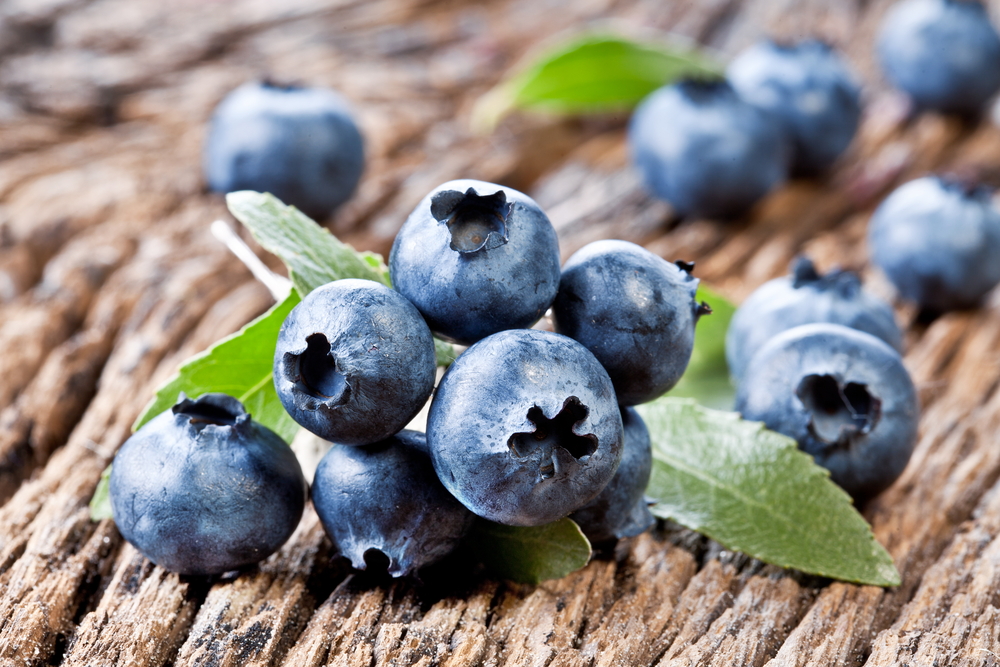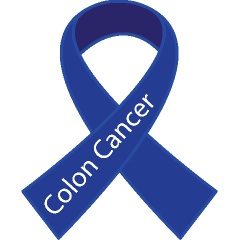If your doctor or a local cancer center has recommended a PET scan, it’s natural to feel a bit anxious or unsure about what to expect. Here’s a breakdown of what a PET scan is, how it works, and what you can expect during the procedure.
What Is a PET Scan?
PET stands for positron emission tomography. A PET scan is a diagnostic imaging test that uses a special dye and a radioactive tracer to produce images of your organs and tissues. The dye and tracer work together to create a detailed image of the metabolic activity in your body.
PET scans are commonly used to detect cancer, monitor cancer treatment, and diagnose neurological conditions such as Alzheimer’s disease. As such, it may be ordered by a doctor, oncologist, or a local cancer center.
How Does a PET Scan Work?
During a PET scan, you will be injected with a small amount of a radioactive tracer. The tracer is usually made of glucose or another substance that your body uses for energy. Because cancer cells use more energy than healthy cells, the tracer will be absorbed by any cancer cells in your body.
After the tracer is injected, you will lie down on a table and be placed inside a large machine called a PET scanner. The scanner will detect the tracer and create images of your body’s metabolic activity. The images will show areas of high metabolic activity, which may indicate the presence of cancer or other conditions.
What Can You Expect During a PET Scan?
A PET scan typically takes about 30-60 minutes, depending on the area of your body being scanned. Before the scan, you will be asked to avoid eating for several hours to ensure accurate results. You may also be asked to avoid strenuous exercise and caffeine for a few hours before the scan. You will be asked to remove any metal objects, such as jewelry or eyeglasses, and change into a hospital gown.
During the scan, you will lie still on the table while the scanner takes images of your body. You may hear a clicking or buzzing noise during the scan, but it’s important to remain still to ensure accurate results. After the scan, you can resume your normal activities immediately. The radioactive tracer will naturally leave your body within a few hours.
A PET scan is a valuable tool for detecting and monitoring cancer and other conditions. According to the National Cancer Institute, is it expected that the number of individuals who have lived for five years or more since their cancer diagnosis is expected to increase by over 30 percent for the next ten years. This is, in part, thanks to treatment and diagnostic advancements, including PET scans. Contact Palo Verde Cancer Specialists today for more information about how we can assist you.
Posted: June 1st, 2023






